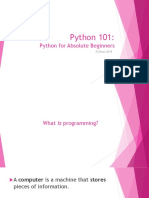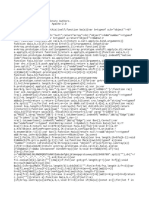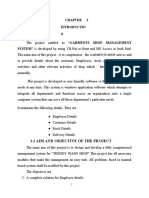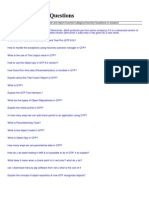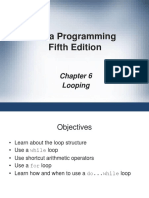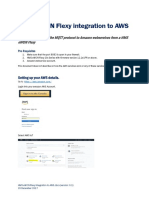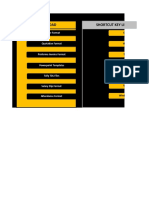0% found this document useful (0 votes)
134 views26 pagesCOS10022 IDS Tutorial Week02 R
Here is the code to solve this problem:
def choose_room(students):
if students <= 20:
return "RoomA"
elif students <= 50:
return "RoomB"
else:
return "RoomC"
num_students = 48
available_room = choose_room(num_students)
print("The available room is:", available_room)
This code defines a function choose_room() that takes the number of students as a parameter. It uses if/elif/else statements to check the student count against the room capacities and returns the appropriate room name as a string.
The main code defines a variable for the student count, calls the function and assigns it
Uploaded by
LCopyright
© © All Rights Reserved
We take content rights seriously. If you suspect this is your content, claim it here.
Available Formats
Download as PDF, TXT or read online on Scribd
0% found this document useful (0 votes)
134 views26 pagesCOS10022 IDS Tutorial Week02 R
Here is the code to solve this problem:
def choose_room(students):
if students <= 20:
return "RoomA"
elif students <= 50:
return "RoomB"
else:
return "RoomC"
num_students = 48
available_room = choose_room(num_students)
print("The available room is:", available_room)
This code defines a function choose_room() that takes the number of students as a parameter. It uses if/elif/else statements to check the student count against the room capacities and returns the appropriate room name as a string.
The main code defines a variable for the student count, calls the function and assigns it
Uploaded by
LCopyright
© © All Rights Reserved
We take content rights seriously. If you suspect this is your content, claim it here.
Available Formats
Download as PDF, TXT or read online on Scribd
/ 26










































